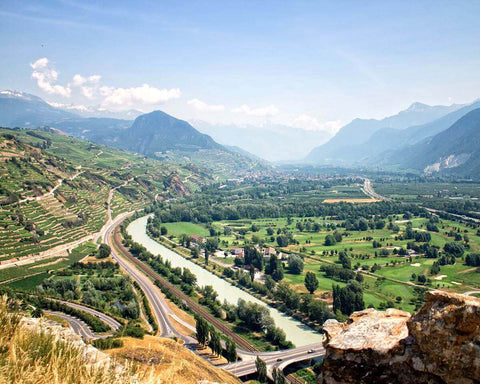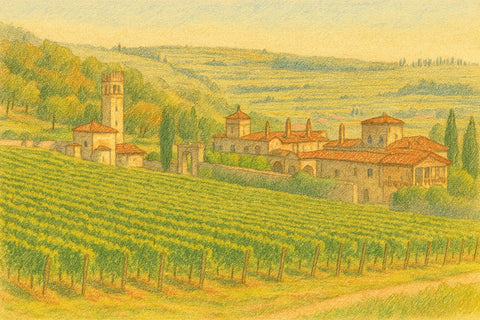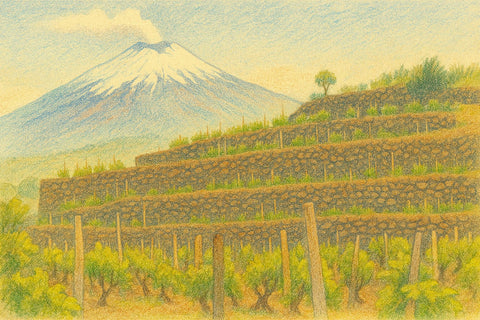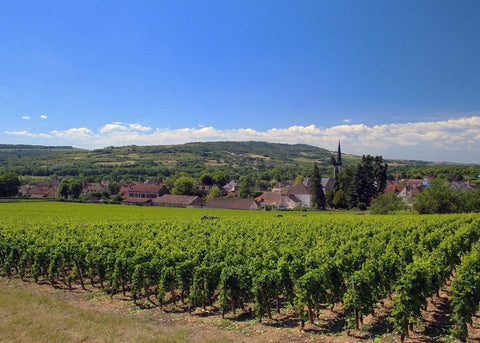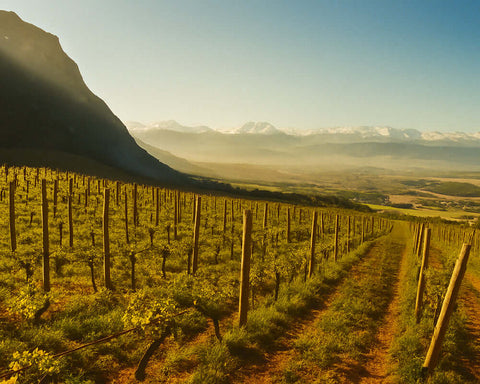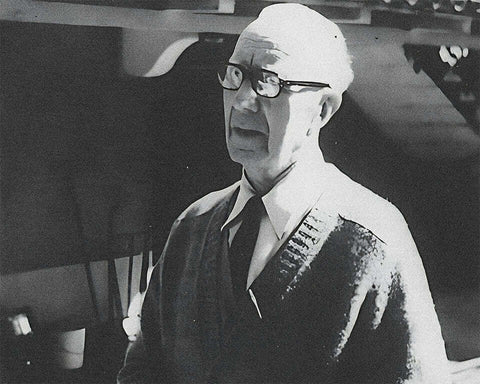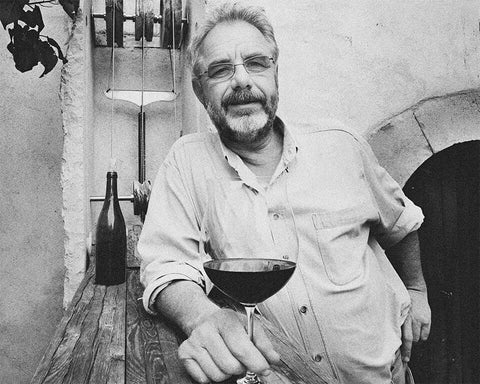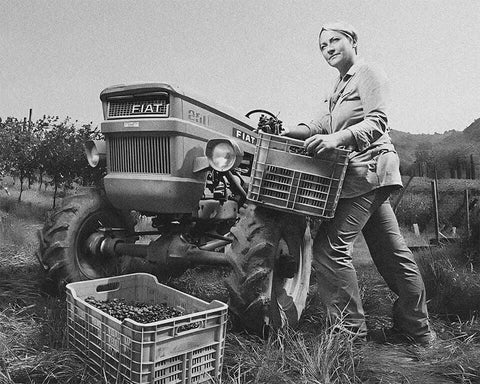Barolo is Nebbiolo at its most articulate—perfume and power shaped by Tortonian and Serravallian soils across nine communes and 170+ MGAs. Our guide decodes terroir, vintages, and styles, with pairing tips and serving advice. Explore La Morra’s silk to Serralunga’s spine, then find bottles to match your palate—cellar-worthy classics and site-pure wines to pour now, for every course and season.
Overview
Barolo—a DOCG in the Langhe hills of Piemonte—produces Italy’s most celebrated Nebbiolo. Its identity rests on a mosaic of terroirs expressed through nine principal communes and 170+ legally recognized Menzioni Geografiche Aggiuntive (MGAs, single-vineyard or geographic mentions). Barolo is 100% Nebbiolo, long-lived and aromatic, yet its textures and structures vary markedly by soil age, elevation, and exposure.
Terroir: Geography, Geology, Climate
Geography
Barolo lies southwest of Alba on rolling ridges between ~170–540 m a.s.l. Vineyards occupy south to southwest exposures on steep, well-drained slopes; valley floors and north faces are generally excluded from top classifications due to ripening constraints.
Geology
Two broad formations underpin stylistic diversity:
- Tortonian marls (younger, calcareous, fine-textured; e.g., La Morra, Barolo): produce paler color, perfumed bouquets (rose, violet), supple tannins, and earlier approachability.
- Serravallian/Helvetian sands & sandstones (older, leaner, more sandstone; e.g., Serralunga d’Alba, Monforte): yield deeper structure, firmer tannins, darker fruit, and slower evolution.
Within these bands, local variations—clay content, active limestone, fossil-rich strata (e.g., Sant’Agata Fossili marls)—create distinct phenolic ripeness curves and tannin architecture.
Climate
Continental with significant diurnal range; autumn nebbia (fog) slows ripening and preserves aromatics. Recent warming has improved vintage regularity but sharpened site contrasts: higher, ventilated parcels retain acidity; lower, warmer slopes achieve greater tannin maturity but risk over-ripeness in hot years.
History & Classification
Barolo evolved from a semi-sweet style to a dry, ageworthy red in the 19th century under the influence of estates linked to the Falletti family and statesman Cavour. Legal milestones: DOC (1966), DOCG (1980), formalization of MGAs (2010). Key rules: 100% Nebbiolo; maximum yields ~8 t/ha; minimum aging 38 months (of which ≥18 in wood); Riserva 62 months. Minimum alcohol is set by regulation (commonly 13% ABV).
Nebbiolo & Viticulture
Nebbiolo is thin-skinned yet tannin-rich, with high natural acidity and a long growing season. Clonal families (e.g., Lampia, Michet) and massal selections are matched to slope, soil, and wind exposure. Vineyards are typically Guyot-trained at high densities (≥4,000–5,000 vines/ha) to moderate vigor. Precision canopy work and green harvests align phenolic and sugar ripeness; harvest usually occurs in October to capture tannin maturity without losing aromatic lift.
Communes, MGA Sites & Style Tendencies
While producers and vintage can trump generalizations, consistent tendencies help frame Barolo’s terroir diversity:
- La Morra (Tortonian) – Perfumed and silken; red cherry, rose, anise; earlier approachability. Notable MGAs: Brunate (shared), Rocche dell’Annunziata.
- Barolo (Tortonian/Tortonian-Serravallian mix) – Balanced, classical frames; floral top-notes with firm cores. MGAs: Cannubi (complex multi-strata), Sarmassa.
- Castiglione Falletto (transition zone) – Poised between perfume and power; fine but assertive tannins. MGAs: Monprivato, Rocche di Castiglione.
- Serralunga d’Alba (Serravallian) – Vertical, long-lived; iron, dark cherry, licorice; pronounced tannic spine. MGAs: Francia, Lazzarito, Vigna Rionda.
- Monforte d’Alba (Serravallian) – Broad-shouldered, architectonic; black cherry, tar, balsam; slow evolution. MGAs: Bussia (large, varied), Ginestra.
- Verduno (more sand influence) – High-toned, spicy, elegant; signature of Monvigliero with white-pepper lift.
- Novello – Increasing finesse with altitude; MGAs like Ravera show tension and longevity.
- Grinzane Cavour, Diano d’Alba, Cherasco, Roddi – Smaller Barolo holdings; sites vary but often yield balanced, accessible wines with clear site markers.
Note: MGA labeling requires that grapes come exclusively from the named site; single-vineyard bottlings sharpen the lens on micro-terroir.
Winemaking Approaches
- Fermentation & Maceration: Traditionalists favor long macerations (3–8+ weeks) with cappello sommerso and large neutral botti; modernists popularized shorter, temperature-controlled ferments and rotary tanks in the 1980s–90s. Today, approaches converge: moderate macerations, careful extraction, cleanliness, and parcel-specific vinification.
- Élevage: Large cask (Slavonian/Austrian) emphasizes transparency; small French oak (barrique) can add gloss and spice when used judiciously. Increasingly, producers deploy neutral wood or mixed formats.
- Blending vs. Site Purity: Commune/MGA blends can balance vintages; single-MGA wines highlight micro-terroir but may show greater vintage sensitivity.
Food Pairing
- Classic Langhe: Tajarin with ragù, brasato al Barolo, truffle dishes (white Alba truffle), porcini, and game birds.
- Principles: High acidity and firm tannins reward protein and fat (braises, aged cheeses). Tortonian-leaning wines suit delicate truffle cuisine; Serravallian power matches long-cooked meats and richer sauces.
Climate & Future Outlook
Warmer vintages have reduced underripeness risk and expanded site viability at higher, breezier parcels. Challenges include alcohol creep, compressed harvest windows, and hydric stress on sandier soils. Adaptive responses: fine-tuned canopy management, earlier picks for freshness, soil organic-matter rebuilding, and a renewed emphasis on calcareous, ventilated MGAs. The region’s strength—its intricate terroir matrix—will continue to drive stylistic diversity and resilience.



